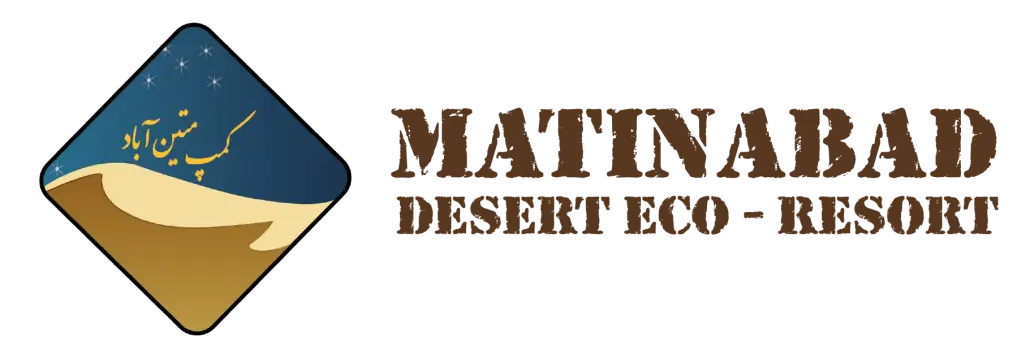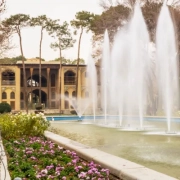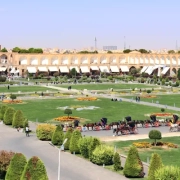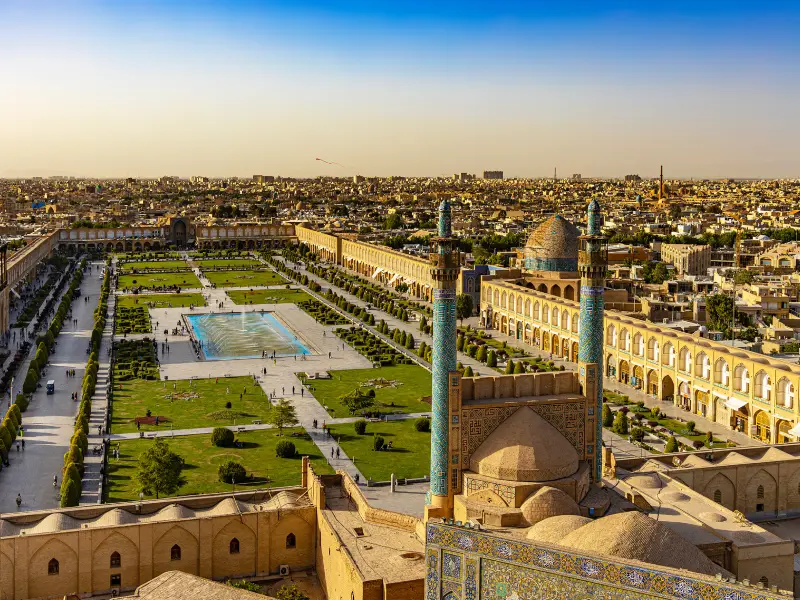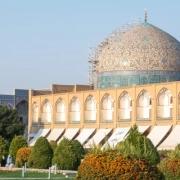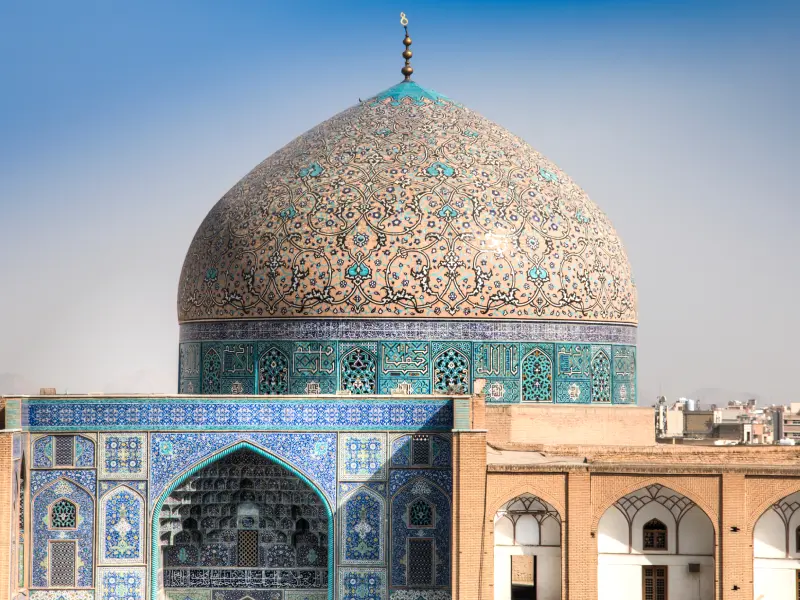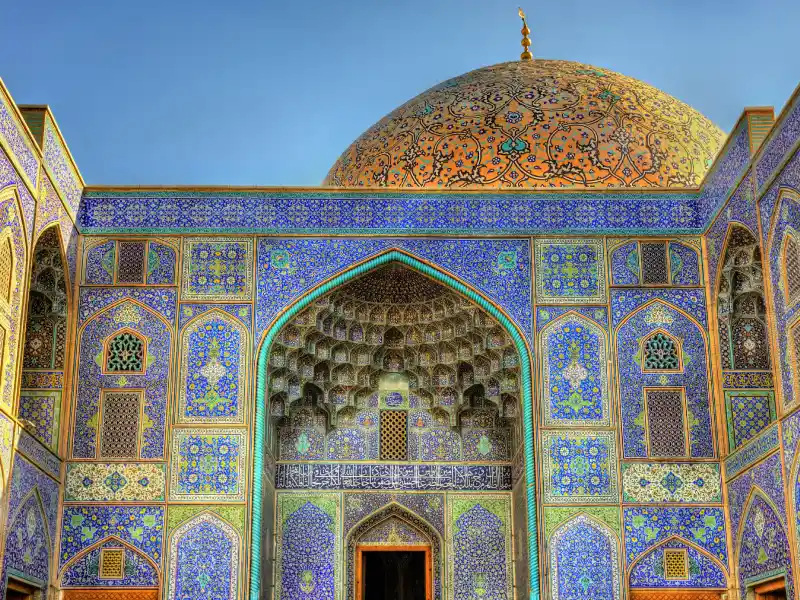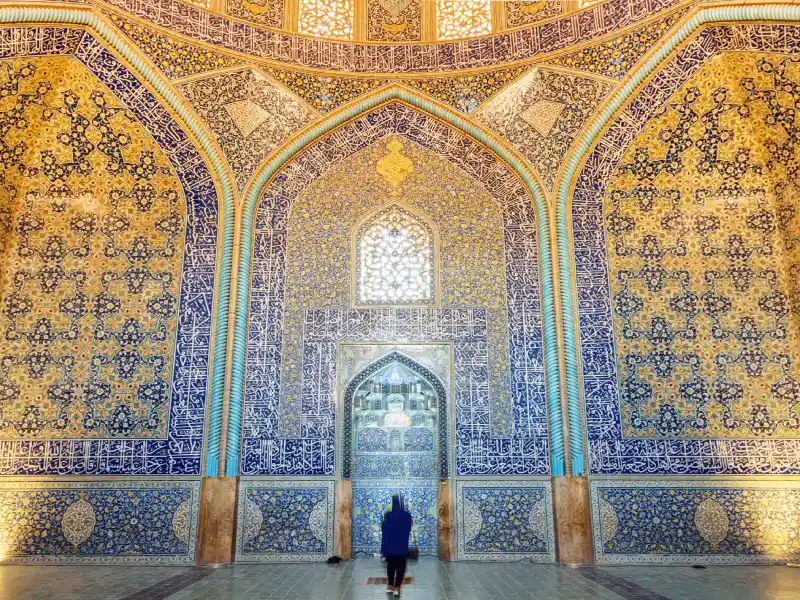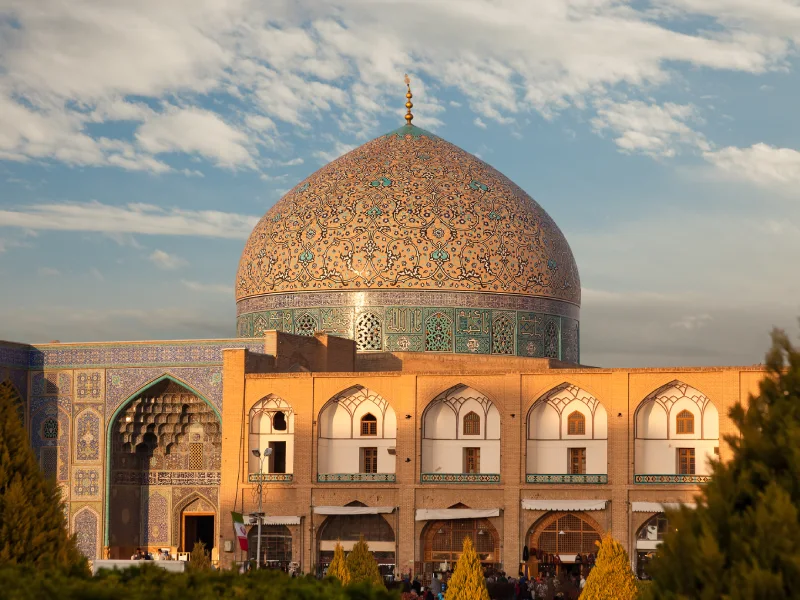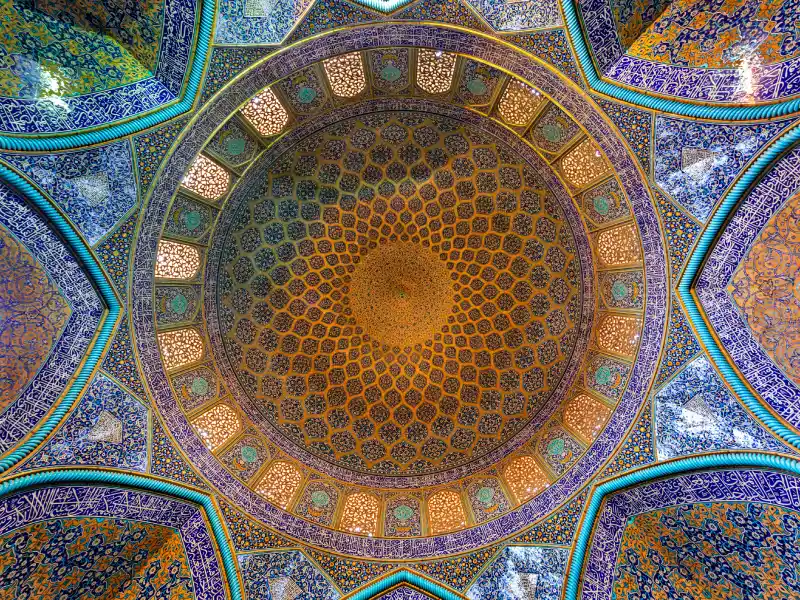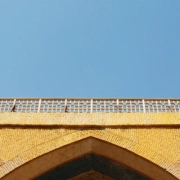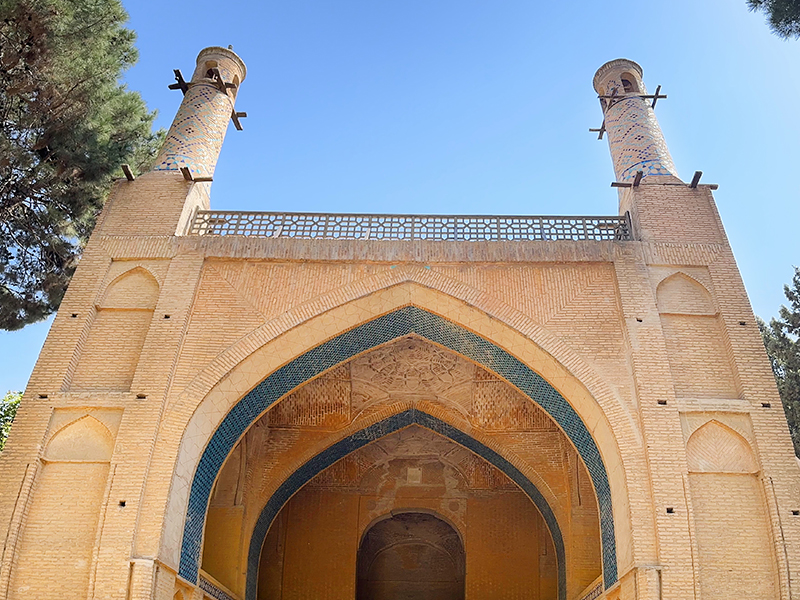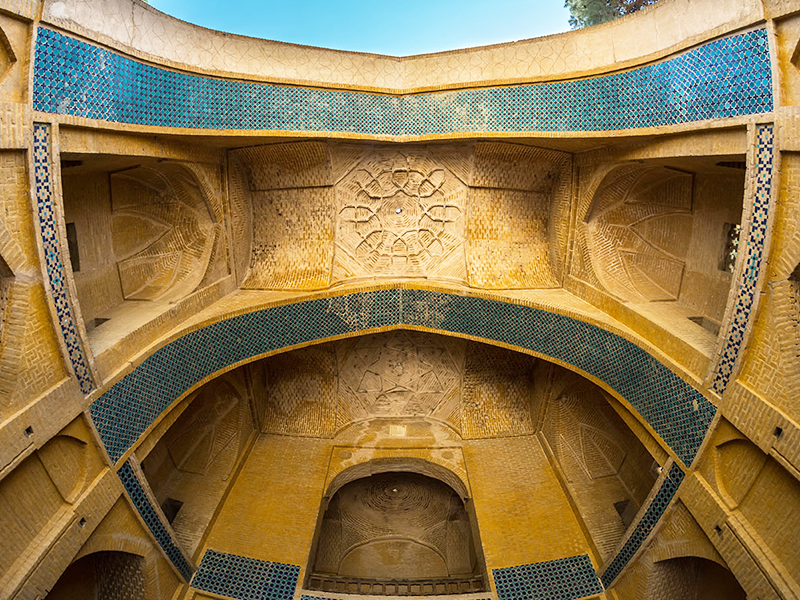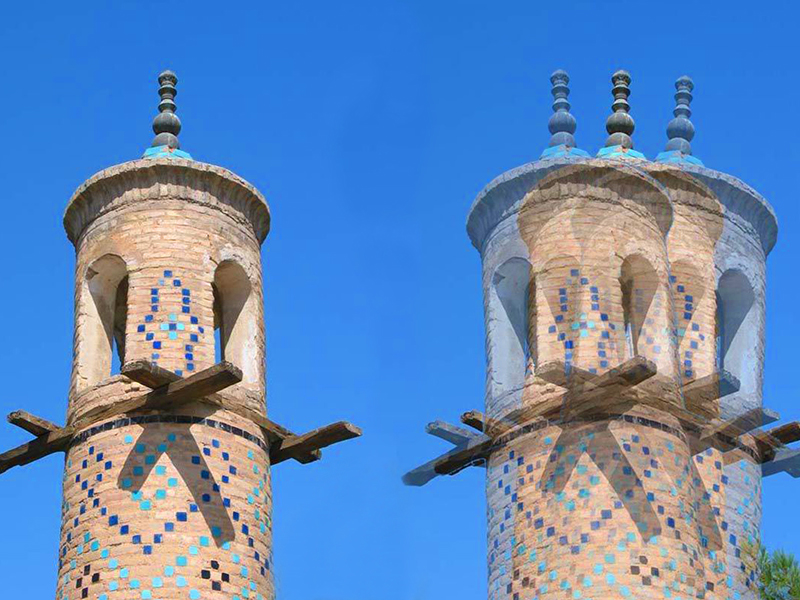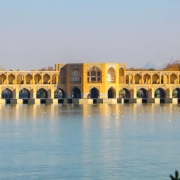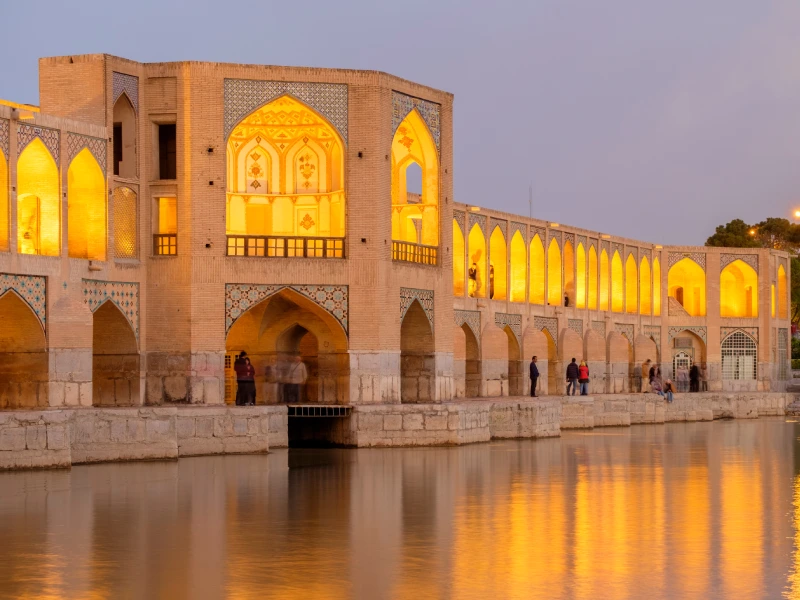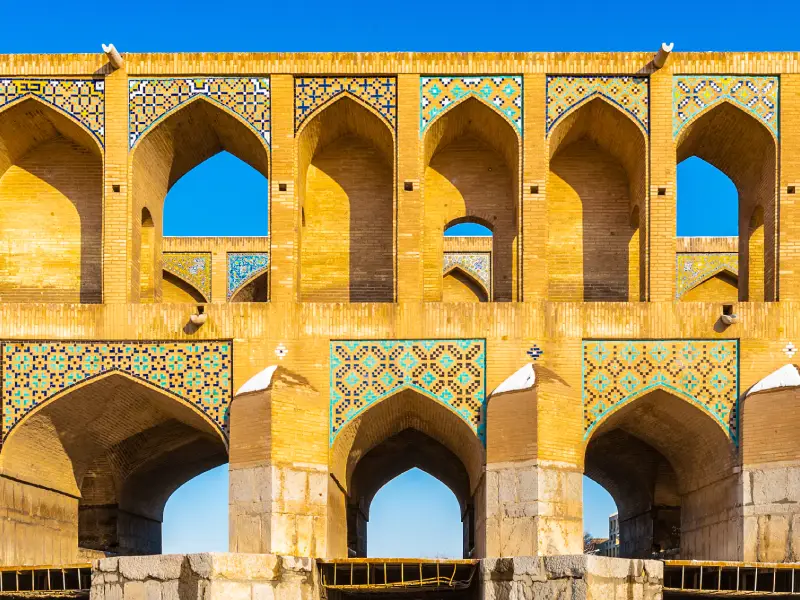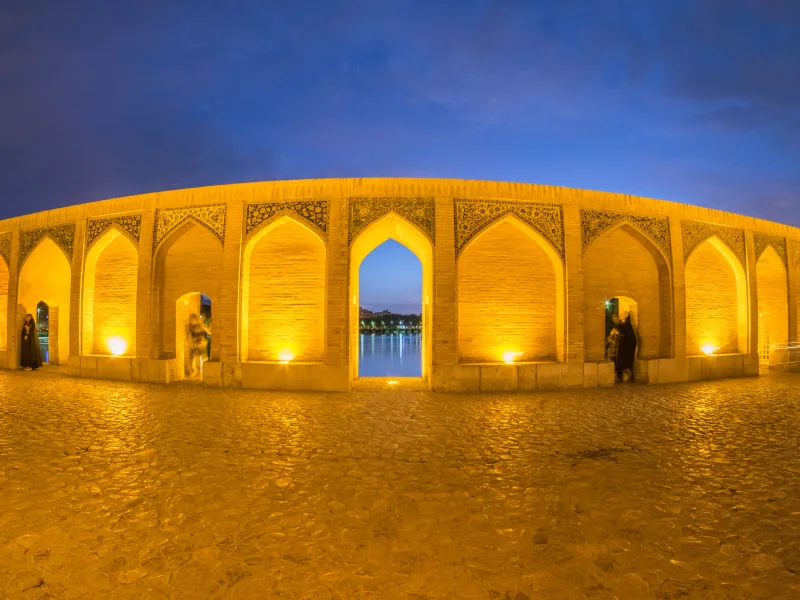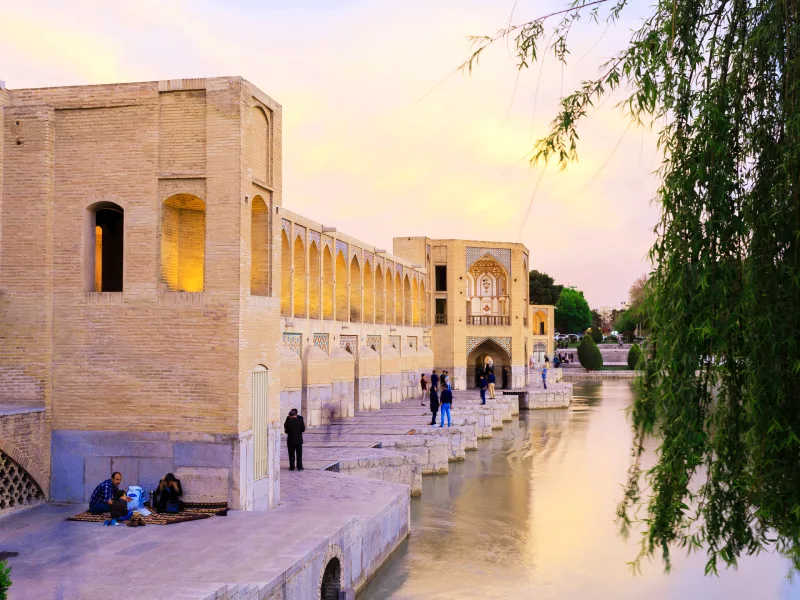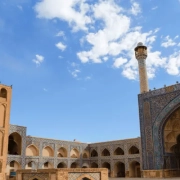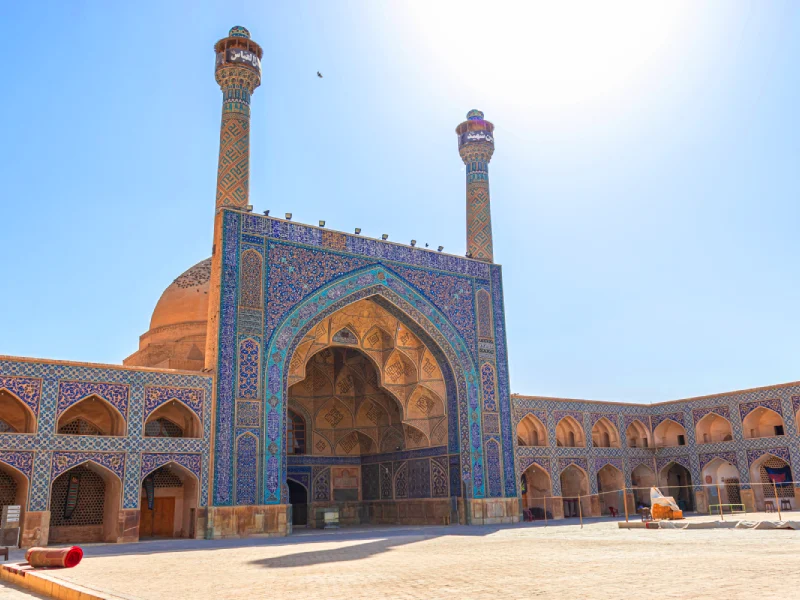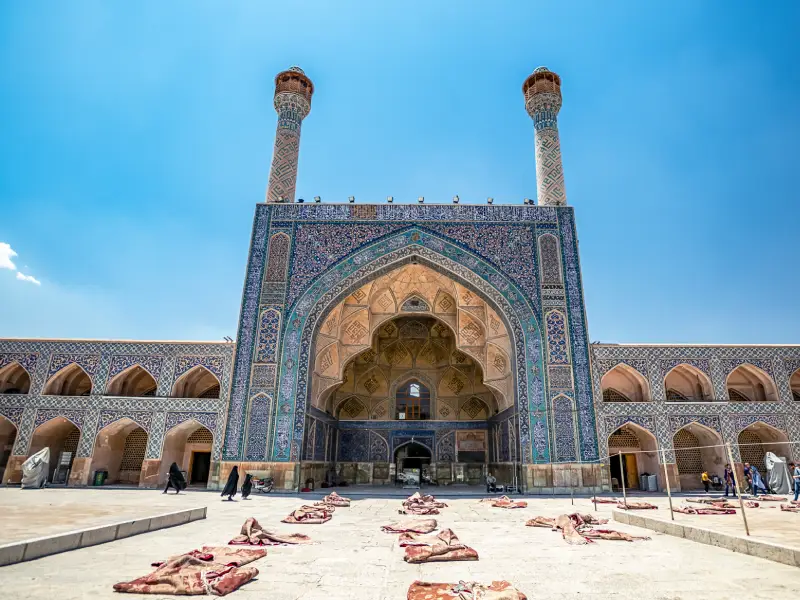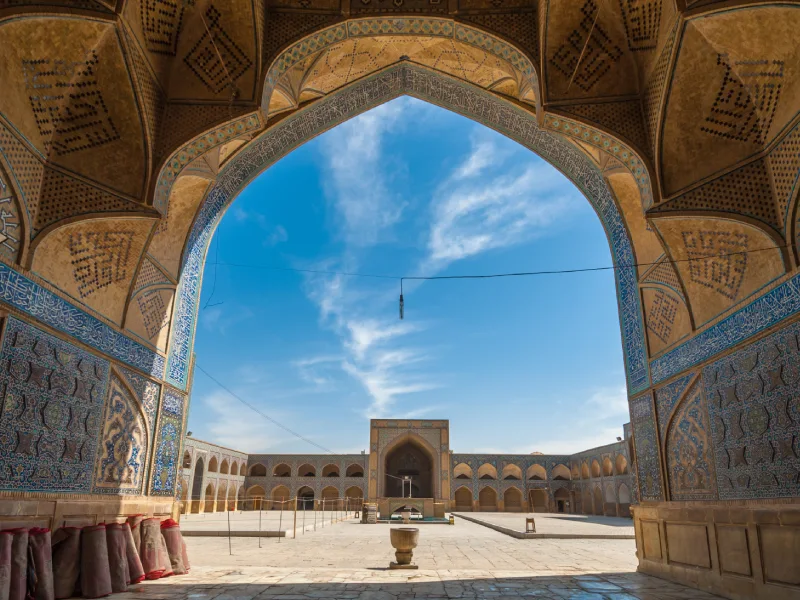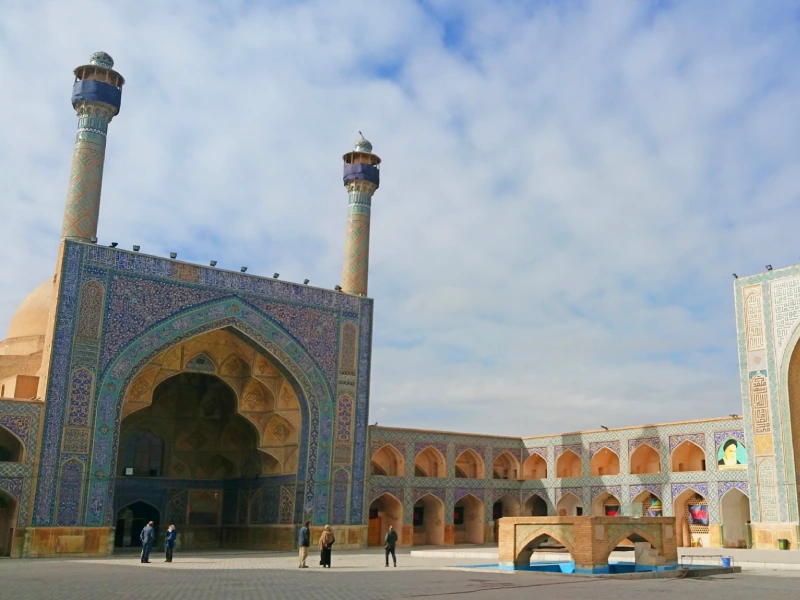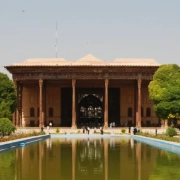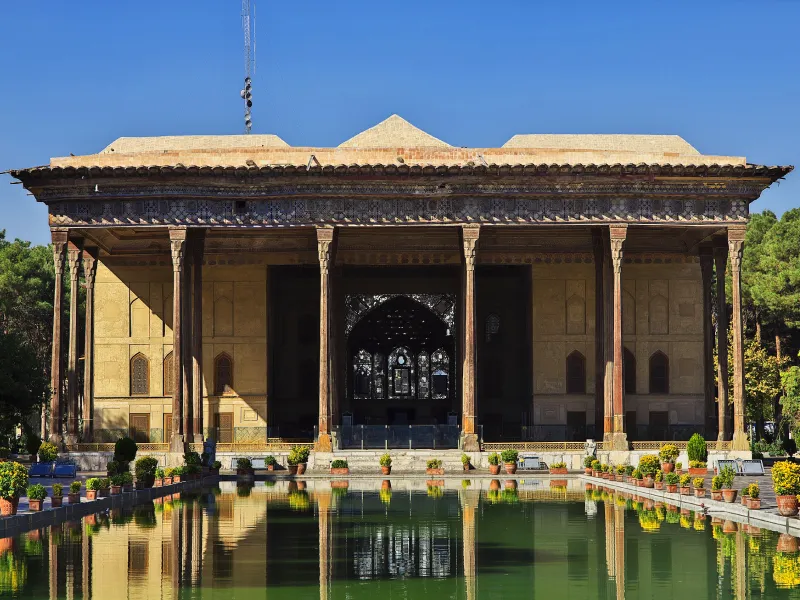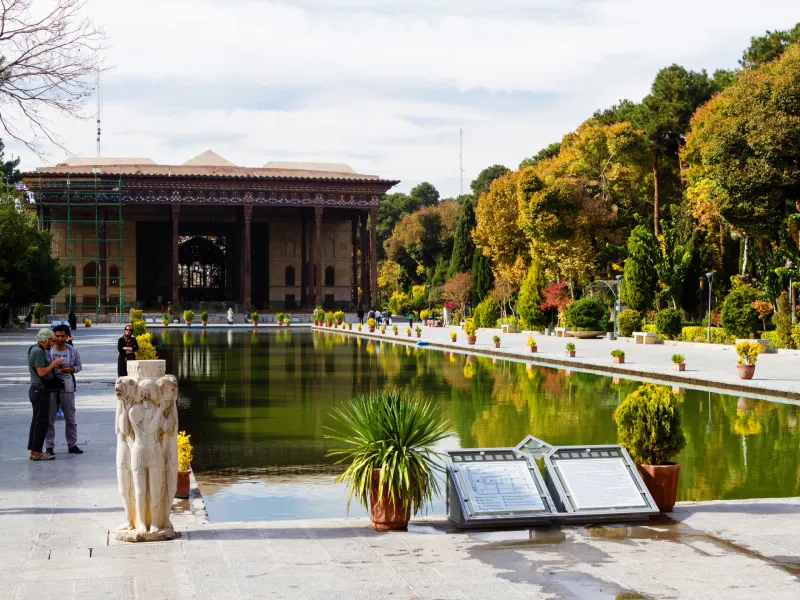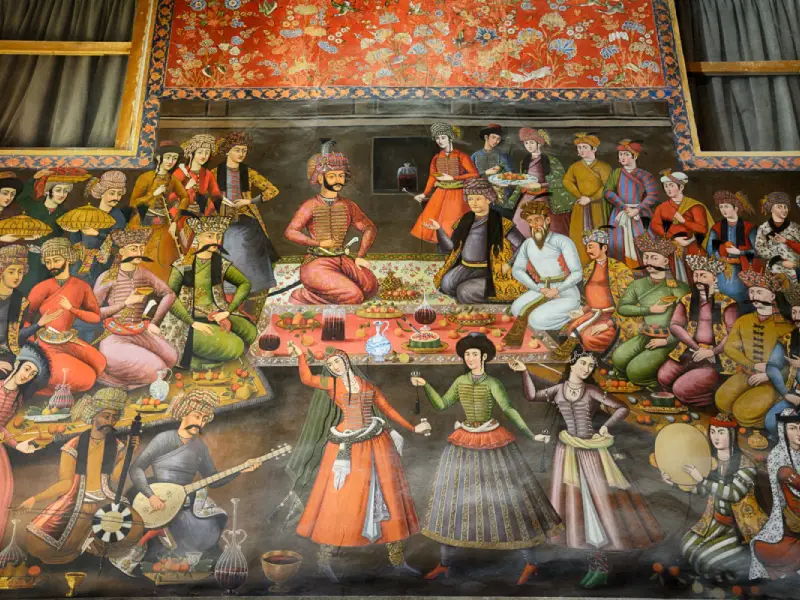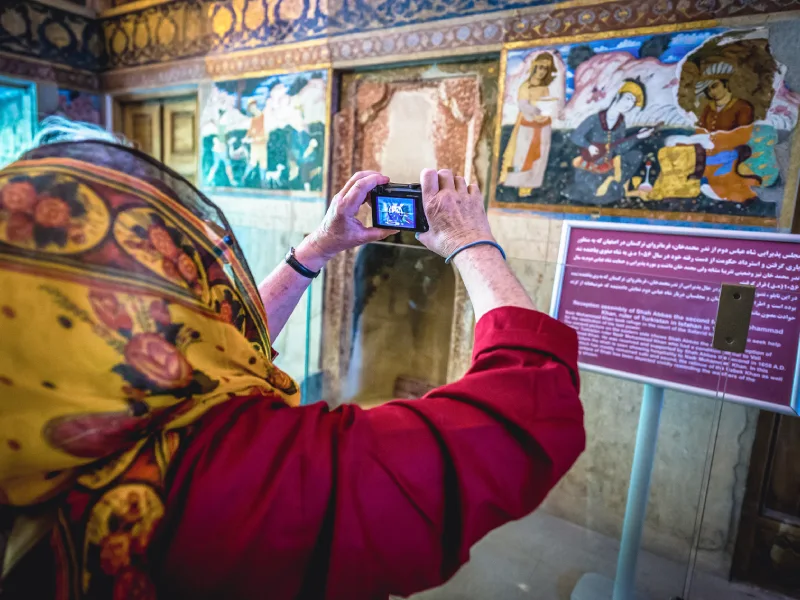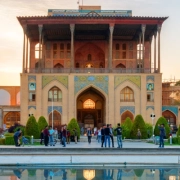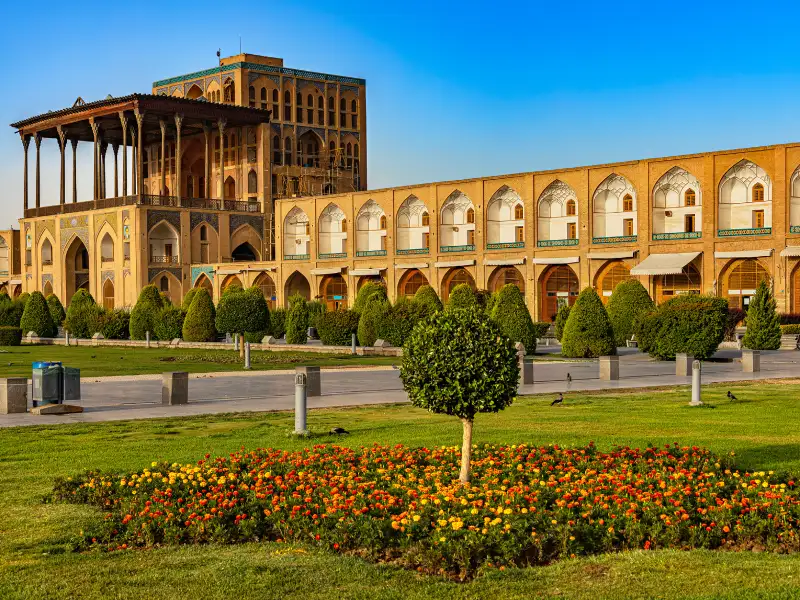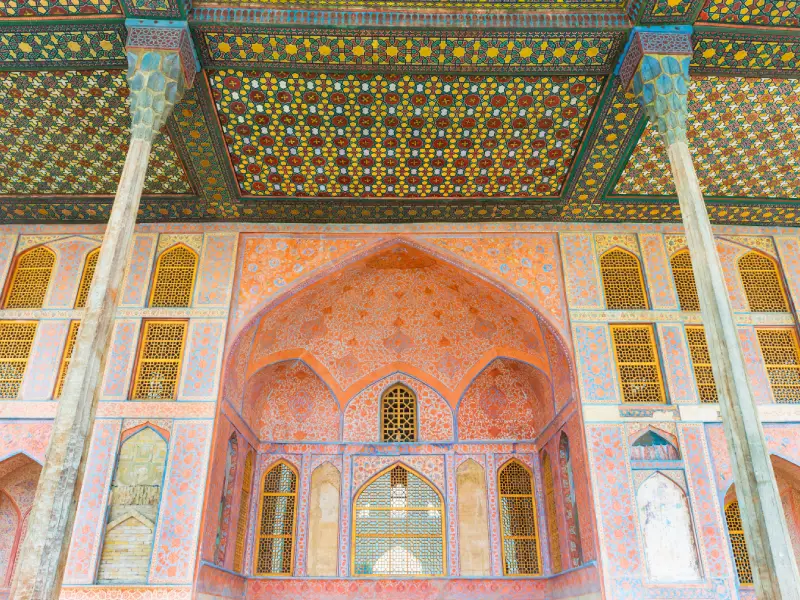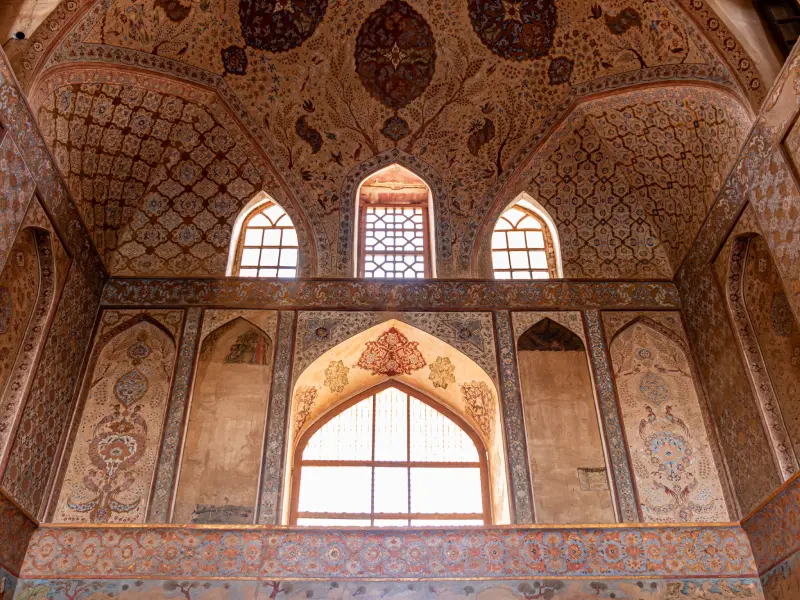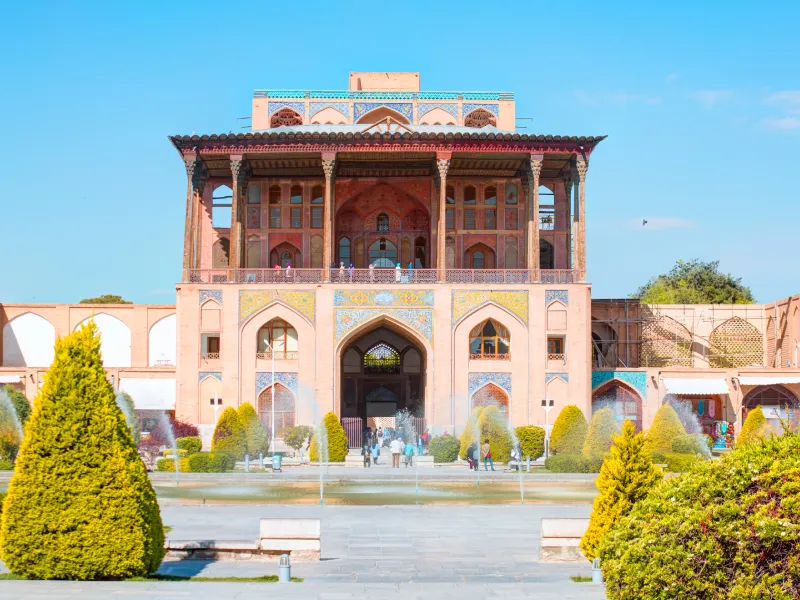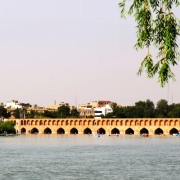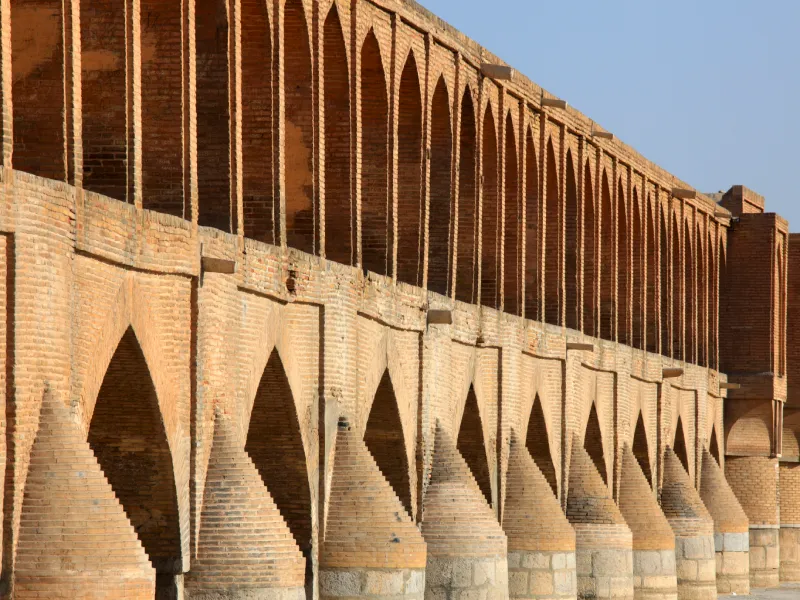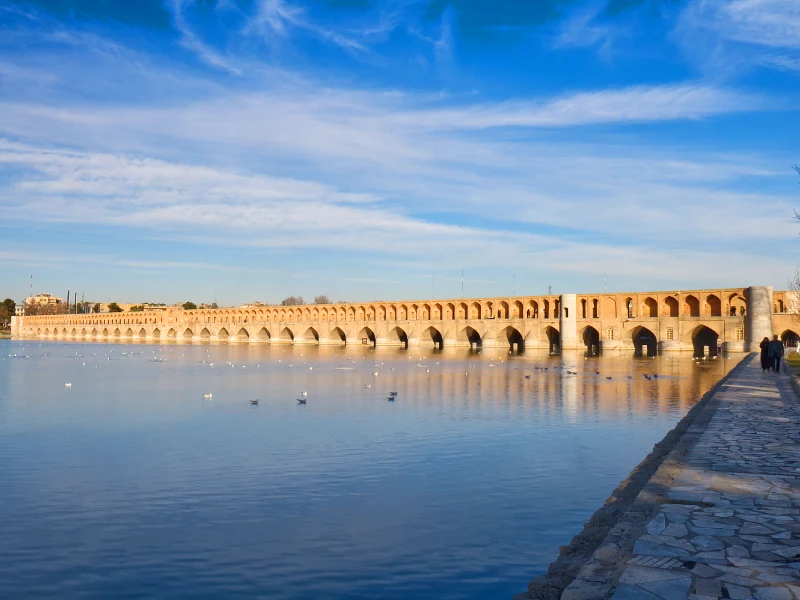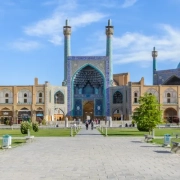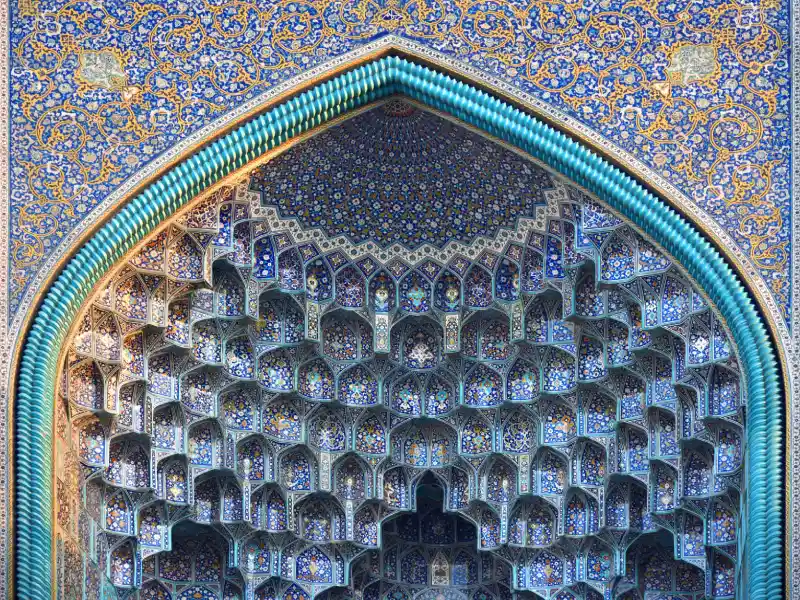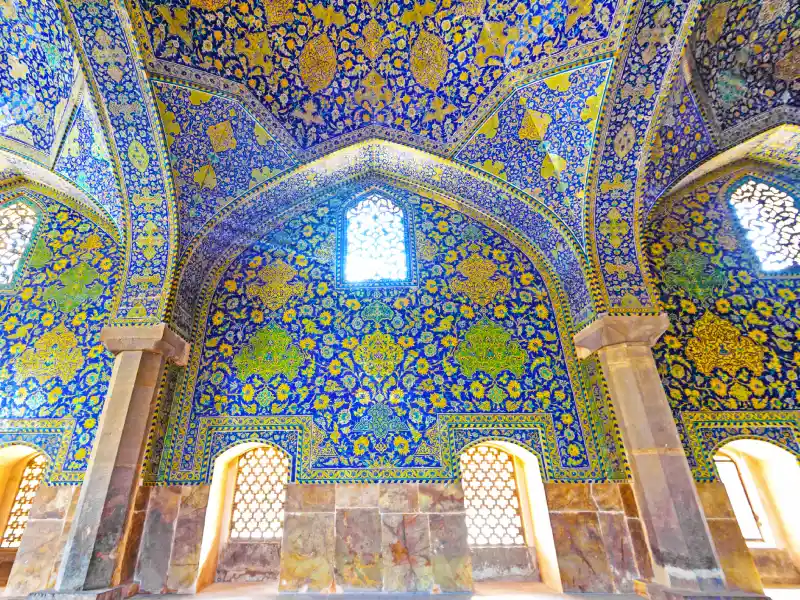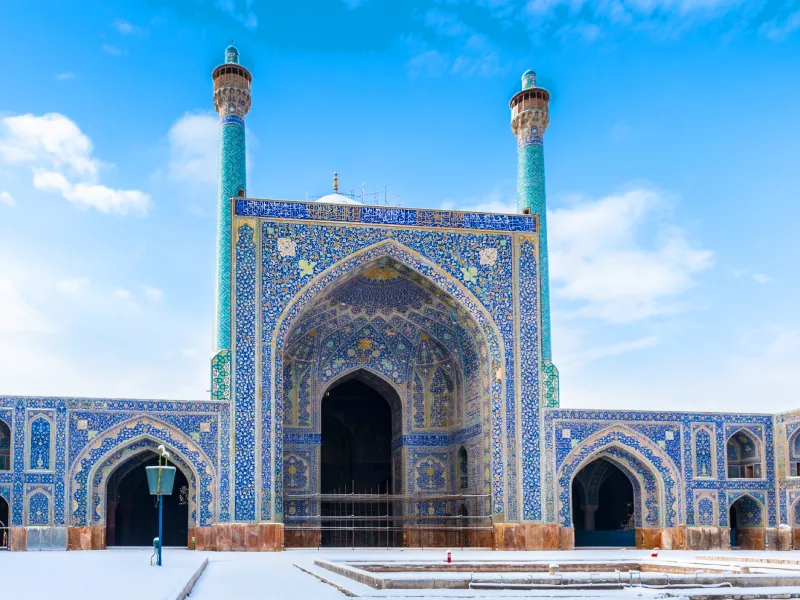Hasht Behesht Palace, Isfahan (Photos, Reviews, Plan)
Among all the beautiful attractions in Isfahan, Hasht Behesht Palace feels completely different from the rest of the city. It is a unique and charming destination where old architecture is combined with beautiful greenery and a garden. Hasht Behesht Palace is a hidden treasure among other famous attractions in Isfahan, introducing a unique history of the city and its cultural heritage. Let’s get into the details of Hasht Behesht Palace, one of the top things to do in Isfahan.
Hasht Behesht Palace, Isfahan
Hasht Behesht Palace is Isfahan’s symbol of beauty and art. This palace is the definition of Iranian architecture, and its beauties make any tourist wonder. Exploring this attraction is an exploration of Isfahan’s history and artistry.
Surrounded by a beautiful garden, Hasht Behesht Palace is a hub for local people and tourists alike who want to learn more about the art and beauty of Isfahan.
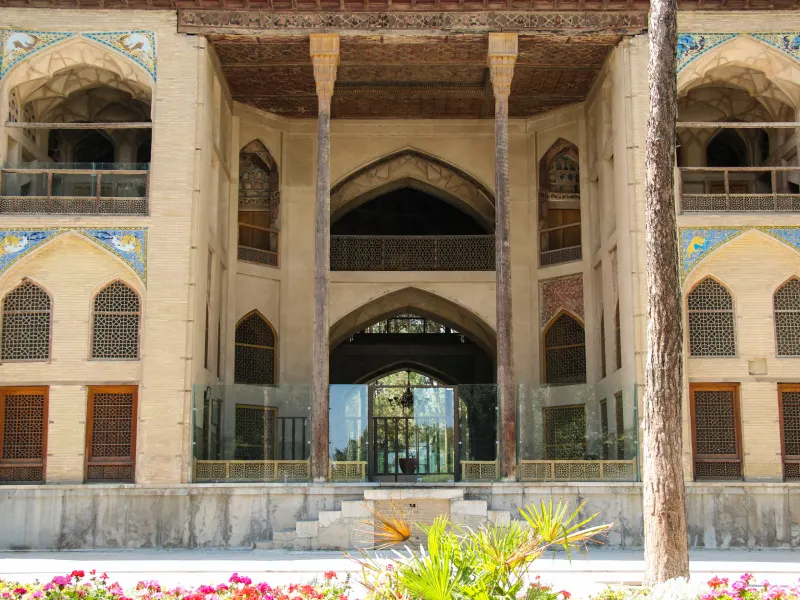
The vibrance, atmosphere, and dance of arts and colors have made Hasht Behesht Palace a truly stunning landmark. It is a storyteller of Isfahan’s rich cultural heritage and has a historical significance for the people of Isfahan.
Hasth Behesht Palace Location
Nestled in the heart of Isfahan, next to the Si-O Se Pol Bridge, Hasht Behesht Palace is surrounded by lovely streets and a beautiful atmosphere. Many hotels and cafes near the Hasht Behesht Palace add charm to the landmark area. Moreover, the palace itself is astonishing to explore (Location on map).
During the morning or evening, you can go to the palace and experience the fresh air and atmosphere of the area. Hasht Behesht Palace doesn’t only offer beautiful architecture to see. Hence, it promises an enriching journey that can leave you with unforgettable memories.
Hasht Behesht Palace History
Hasht Behesht Palace’s history dates back to the Safavid era of Iran when art and culture blossomed in Isfahan and many cultural sites were built. The palace was built in the late 17th century as a royal residence for the royal family.
It was the main venue for gatherings, cultural events, and celebrations. The name of Hasht Behesht Palace translates to “Eight Paradises” in English, displaying its beauty and tranquil atmosphere.
It is also said that this palace was built for the eight beloved loved ones of the king. This palace was regarded as one of the most beautiful palaces in the world during the late 17th century, and many tourists and visitors from around the world would come to visit this tranquil and magnificent structure.
Things to Do at Hasht Behesht Palace
Today, Hasht Behesht Palace is a great example of Persian architecture and holds significance for the people of Isfahan and their identity. Visitors and tourists are invited to explore this beautiful structure and the nearby garden, as it is a unique place to step inside Isfahan’s history.
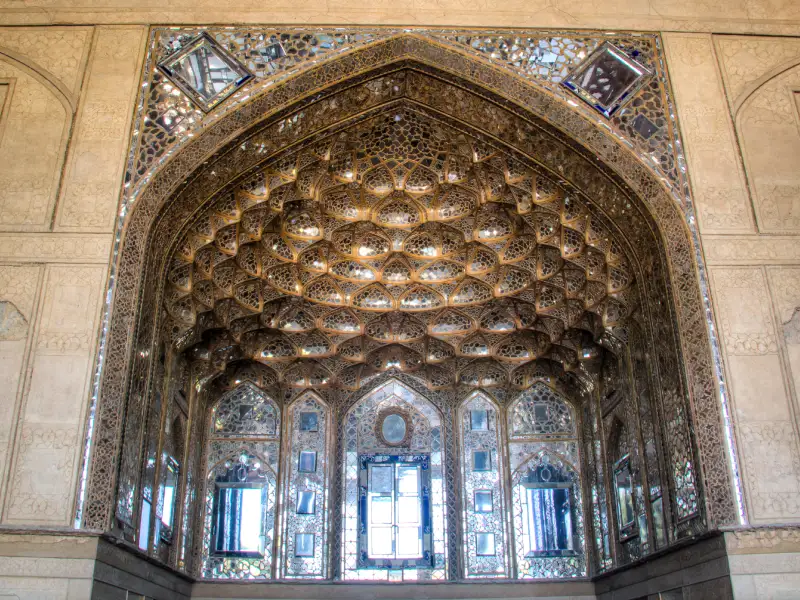
Many local people also visit the nearby garden of Hasht Behesht Palace since it offers a tranquil scene and a lively atmosphere to walk and breathe the fresh air. Moreover, you can visit the inside of the Palace, which is open from 9 am to 5 pm.
Hasht Behesht Palace Plan
Hasht Behesht Palace’s height is about 30 meters, and 35.26 meters in width. Hasht Behesht Palace Plan includes a porch connected by two tall wooden pillars featuring gates to the central layout of the palace. The palace ends with a domical arch with eight wooden windows at the top.
Additionally, there is an octagonal pool in the middle of the palace, featuring a fountain, adding uniqueness to the Hasht Behesht Palace Plan. The palace has two floors, all of which include rooms, arches, and beautiful windows.
Design and Architecture
If you take a look at Hasht Behesht Palace photos, you will be mesmerized by its interior design. The layout of Hasht Behesht Palace features a lot of details and the ideal use of symmetry and geometric patterns.
You’ll really feel a sense of balance, order, and harmony inside the palace. The mesmerizing design of the palace displays Persian art at its finest level.
The interior design elements of the palace completely match its exterior and make it an architectural marvel to see and explore. For anyone interested in Persian design and architecture, this landmark is a must-visit attraction in Isfahan.
Hasht Behesht Palace Reviews
Hasht Behesht Palace has hosted many tourists from different parts of Iran and the world. This palace was mentioned in many travelogues by historians and tourists. From the interior design of the palace, which is filled with glasses, details, paintings, and wooden decorations, to its exterior and nearby garden, this palace feels like heaven and a true example of Persian artistry.
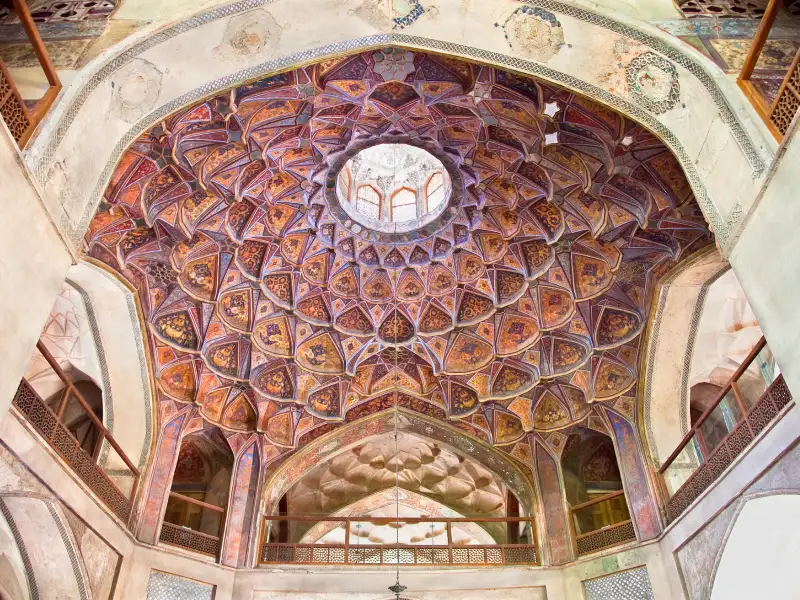
Many visitors describe this landmark as a synthesis of art and culture combined with elements of nature, making it a visual masterpiece. The Hasht Behesht Palace reviews show that this palace is more than a normal attraction, hence it is a celebration of beauty.
Nearby Attractions
The Hasht Behesht Palace is situated in a good location and is approximate to many other famous landmarks in Isfahan.
Some of the experiences that you can have near the Hasht Behesht Palace include: going to nearby restaurants and cafes, visiting Vank Cathedral, exploring the Si-o Se Pol Bridge, going to the Ali Qapu Palace, walking on Khaju Bridge, and seeing Monar Jonban.
Hotels are also situated nearby if you want an ideal stay in Isfahan, such as Hotel Iran, Hotel Sepahan, and Hotel Abbasi.
Hasht Behesht Palace Tickets
Although you can visit Hasht Behesht Palace at any time of the year, if you want the best experience, visit it in spring or at the end of winter when the weather is milder and more enjoyable.
The garden of Hasht Behesht Palace is open to the public and doesn’t need any tickets, but if you want to visit the inside of the palace and explore its details, you can purchase a ticket at the site with an economical price and explore your way through the palace. Visiting hours for the palace are from 9 am to 5 pm.
How to Get There?
Hasht Behesht Palace is situated on Goldasteh Street near Rajaei Park. The palace is accessible via different routes, especially from Char Bagh Street. Public transportation such as metro and busses are also available at the location.
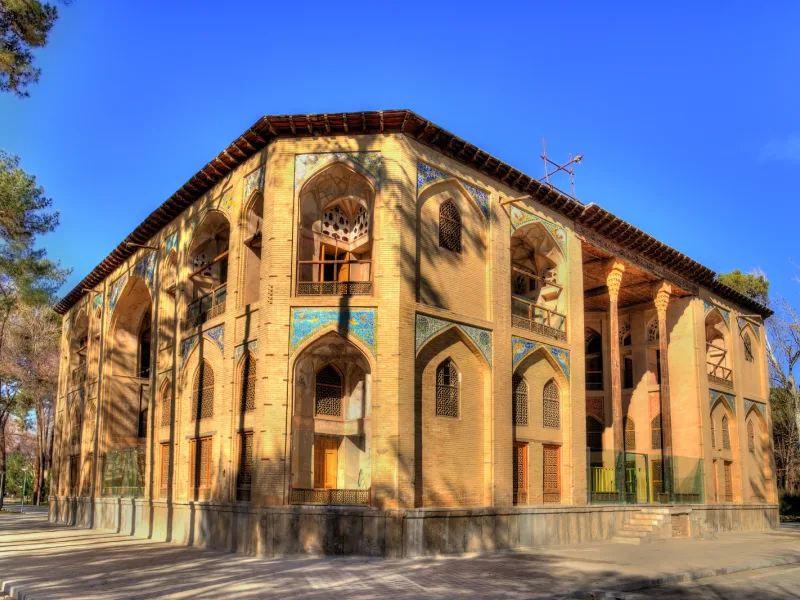
To access this palace by metro, you’ll need to get on to Line 1 of the metro and get off at Imam Hosein Station; from there, with a 10-minute walk, you’ll get to the location of Hasht Behesht Palace.
The best time to visit this palace is during the morning, as the atmosphere is charming and enjoyable. You can also explore the palace itself during the morning since you can’t purchase any tickets after 4:30 pm.
Final Words
Hasht Behesht Palace of Isfahan is a gem and a journey to go to a thousand years ago. This beautiful palace is reminiscent of the Safavid era and is a must-see attraction for all tourists. Its unique architecture, combined with a lush greenery (garden), makes this place a venue for having fun evenings. You can enjoy your time while exploring Hasht Behesht Palace, as its atmosphere is really charming and inviting. So, add this attraction to the list of must-visit landmarks in Isfahan.
Are you planning to travel to Iran and looking for an Iran resort? Consider Matinabad Eco-resort.
